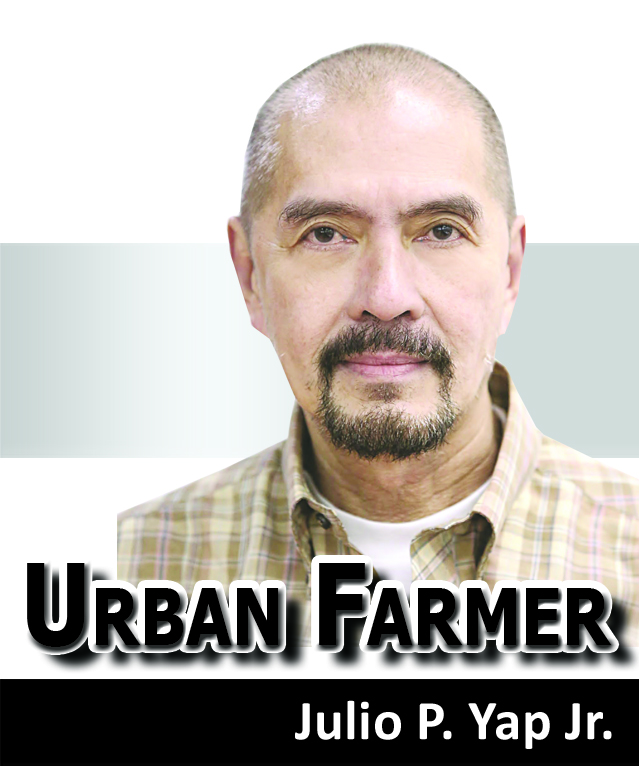 FARMING communities have the capabilities to rise from a state of agricultural paralysis to a resounding case of community-driven agricultural empowerment and development.
FARMING communities have the capabilities to rise from a state of agricultural paralysis to a resounding case of community-driven agricultural empowerment and development.
For instance, farmers in the province of Ilocos Norte were convinced that embracing good change brought about by an equally good government intervention was the key, particularly for some of the farmers in Batac and Laoag where the Community-based Participatory Action Research (CPAR) program was introduced.
CPAR is one of the banner programs of the Bureau of Agricultural Research (BAR) which is being implemented nationwide.
Ilocos Norte is considered a prime agricultural land with some 3,662 hectares of its area is dedicated to rice, integrated with livestock farming.
However, farmers continue to struggle with low yield resulting in low income.
Earlier, the Department of Agriculture-Regional Field Office 1 (DA-RFO-1) implemented the project dubbed “CPAR on Integrated Rice-Based Farming System: An Approach towards Community Driven Agricultural Development in Ilocos Norte,” which was participated in by 38 farmer-cooperators.
The project was carried out in a 10-hectare model farm following the rice-rice-mungbean plus cattle fattening production for irrigated areas, and another 10 hectares for rice plus wingedbean-corn plus cattle fattening production, focused on participatory community-based resource management system.
Technologies introduced using the CPAR approach include integrated nutrient management; integrated pest management; farm waste management for crops; housing, breeding, feeding management; health management; and waste management for cattle.
The implementation of a CPAR project in the region targets the development of a modernized agriculture through efficient and effective community-based research and development (R&D) systems, specifically in Batac and Laoag.
The CPAR was considered as a potent strategy for rural development, where appropriate and acceptable farming systems are determined by the community members themselves.
But the success of the CPAR project lies in the capability and willingness of the farmers to adapt in order to change.
With the intervention, the farmers were expected to implement different technologies based from their identified problems and needs.
For instance, farmers were accustomed to unsystematic nutrient management practices, and without regard for soil analysis.
Through the CPAR, they integrated and improved such practices, which resulted in a significant increase and quality of their produce.
The farmer-cooperators also adopted technologies for cattle raising – from housing, breed selection, to feeding, and health management.
As in any rural setting, cattle raisers normally practice backyard cattle production which often equates to poor quality of feeds, housing, and animal health.
Through the CPAR, the farmers were guided on selection of feeder stock, improved forages, formulated feeds, forced feeding, and complete confinement.
Complementation of introduced technologies and capability building enhanced the knowledge and attitudes of many farmers, while opening opportunities and unified communities for project development.
In its four years of implementation under the DA-RFO 1, in partnership with BAR, the human and social capital of farmers were increased, inspiring 625 beneficiaries to adopt the same package of technologies.
Presently, these farmer-cooperators are serving as farmer-leaders influencing other farmers to adopt the CPAR approach, and just like them, be successful, community-driven farmers. (jaypeeyap@ymail.com/PN)


